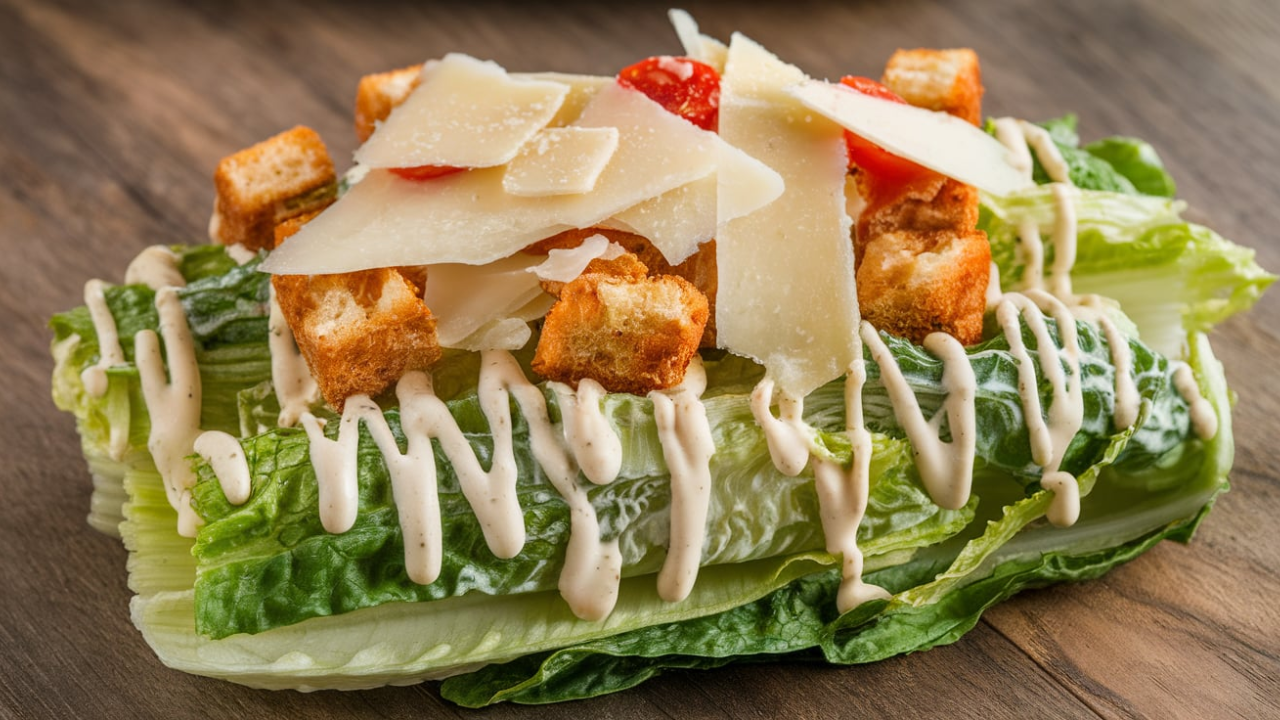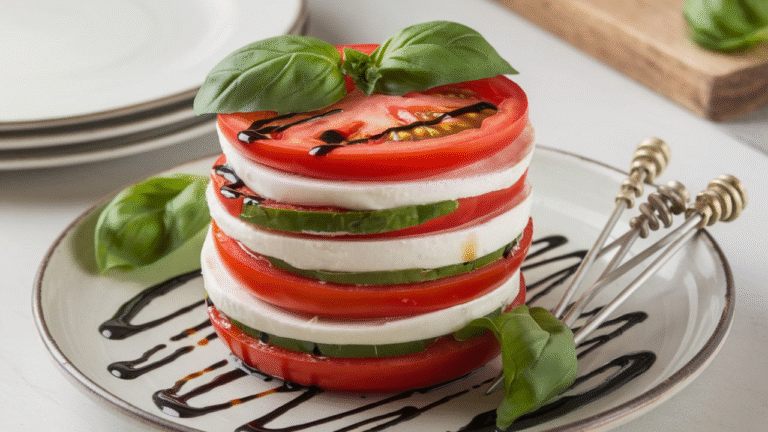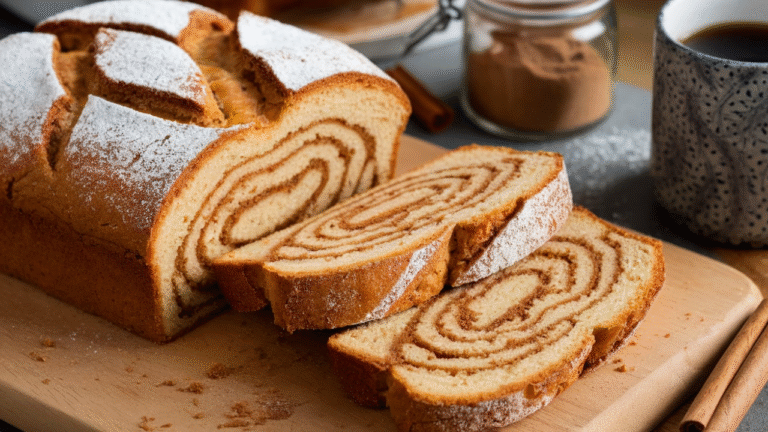If you’ve ever sat down at a restaurant and taken that first bite of a Caesar salad — crisp romaine leaves, tangy dressing, and a salty sprinkle of parmesan — you know it’s not “just another salad.” It’s a flavor experience. And here’s the best part: you can recreate that same fresh, crunchy perfection at home in about 25 minutes, no culinary school required.
This guide will walk you through everything — from the original history to step-by-step instructions, the best ingredients, tips for making it restaurant-level good, and even creative twists for when you want to impress guests or just yourself.
The History Behind Caesar Salad
Understanding the background of a dish often makes it taste even better. Caesar salad wasn’t born in Rome (though the name might trick you). It was created in 1924 by Caesar Cardini, an Italian-American restaurateur, in Tijuana, Mexico.
According to food historians, Cardini threw it together on the fly during a busy Fourth of July weekend when kitchen supplies were running low. The magic came from simplicity — crisp romaine, a garlicky dressing, crunchy croutons, and parmesan.
Fun stat: Today, Caesar salad is one of the top 5 most ordered salads in U.S. restaurants, according to the National Restaurant Association.
Why Make Caesar Salad at Home?
You could grab a pre-made Caesar salad from the store, but here’s why making it yourself is a better choice:
- Freshness: Pre-packaged salads often have limp lettuce and overly processed dressings. Homemade means crisp leaves and vibrant flavors.
- Control: You decide the salt, the oil, the cheese — making it healthier or more indulgent.
- Cost-effective: Restaurant versions can cost $10–$15 per plate. Homemade? About $3–$5 per serving with premium ingredients.
- Customization: Add grilled chicken, shrimp, or avocado without a menu upcharge.
I’ll be honest — once I started making my own, restaurant Caesars never felt the same. They taste fresher, brighter, and more “alive.”
Key Ingredients for the Perfect Caesar Salad
The secret to a great Caesar salad lies in quality ingredients. Skimp on these, and you’ll end up with something that tastes like a sad cafeteria lunch.

1. Romaine Lettuce
- Choose crisp, green romaine hearts.
- Avoid wilted or yellowing leaves.
- Wash, dry thoroughly, and chill before serving for extra crunch.
Tip: Store washed leaves wrapped in a clean kitchen towel inside the fridge for up to 2 days. They’ll stay crisp and ready.
2. Parmesan Cheese
- Always go for Parmigiano-Reggiano instead of pre-grated parmesan from a shaker bottle.
- Freshly shaved or grated cheese melts into the dressing and gives you that signature nutty, salty punch.
3. Croutons
- Skip store-bought. Homemade croutons are game-changers — crunchy on the outside, soft in the middle, seasoned perfectly.
- Use day-old baguette or sourdough for best texture.
4. Caesar Dressing
The dressing is the soul of the salad. Classic Caesar includes:
- Egg yolk (for creaminess)
- Olive oil
- Garlic
- Lemon juice
- Anchovies (for umami depth — yes, even if you “hate anchovies”)
- Dijon mustard
- Worcestershire sauce
- Freshly ground black pepper
If you’re nervous about raw eggs, I’ll share a safe alternative later.
Step-by-Step Caesar Salad Recipe (Serves 4)
Ingredients

For the Dressing:
- 2 large egg yolks (or 3 tbsp mayonnaise as a substitute)
- 2 anchovy fillets (or 1 tsp anchovy paste)
- 2 cloves garlic, minced
- 2 tbsp fresh lemon juice
- 1 tsp Dijon mustard
- ½ cup extra virgin olive oil
- 1 tsp Worcestershire sauce
- ¼ cup finely grated Parmesan
- Freshly ground black pepper, to taste
For the Salad:
- 2 romaine lettuce hearts, chopped or torn
- 1 cup croutons (homemade preferred)
- Extra Parmesan shavings for garnish
Instructions
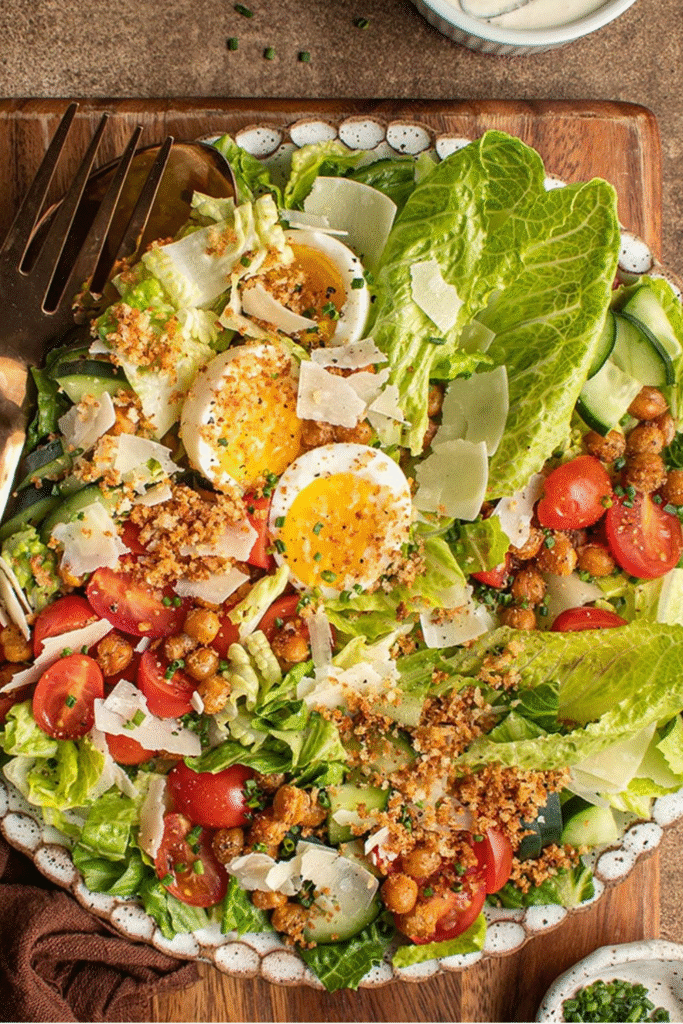
1. Make the Dressing
- In a large bowl, mash the anchovies and garlic together until you get a paste.
- Whisk in the egg yolks, lemon juice, Dijon mustard, and Worcestershire sauce.
- Slowly drizzle in olive oil while whisking constantly — the dressing will thicken.
- Stir in grated Parmesan and black pepper. Taste and adjust seasoning.
2. Prepare the Lettuce
- Wash and dry the romaine thoroughly. Wet leaves kill the dressing’s cling factor.
- Tear (don’t cut) the leaves for a rustic look and better texture.
3. Make the Croutons
- Cube bread into bite-sized pieces.
- Toss with olive oil, minced garlic, salt, and pepper.
- Bake at 375°F (190°C) for 8–10 minutes, flipping halfway.
4. Assemble the Salad
- Toss the lettuce with enough dressing to lightly coat.
- Add croutons and more Parmesan shavings.
- Serve immediately for maximum crunch.
How to Make It in 25 Minutes or Less
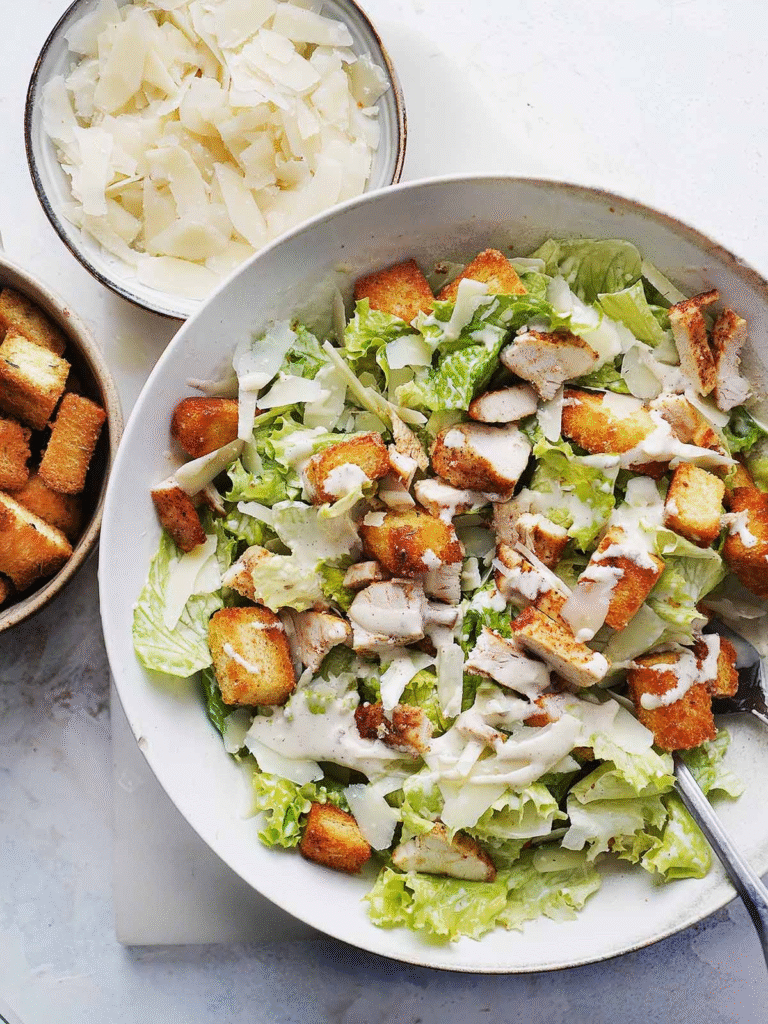
- Prep Ahead: Wash and dry lettuce the night before. Store in the fridge.
- Quick Croutons: Use a hot skillet instead of the oven — toasts bread cubes in 5 minutes.
- Blender Dressing: Combine all dressing ingredients (except oil) in a blender, then drizzle in oil while blending — done in under 2 minutes.
Nutritional Value
Here’s the breakdown for a basic Caesar salad without protein (per serving):
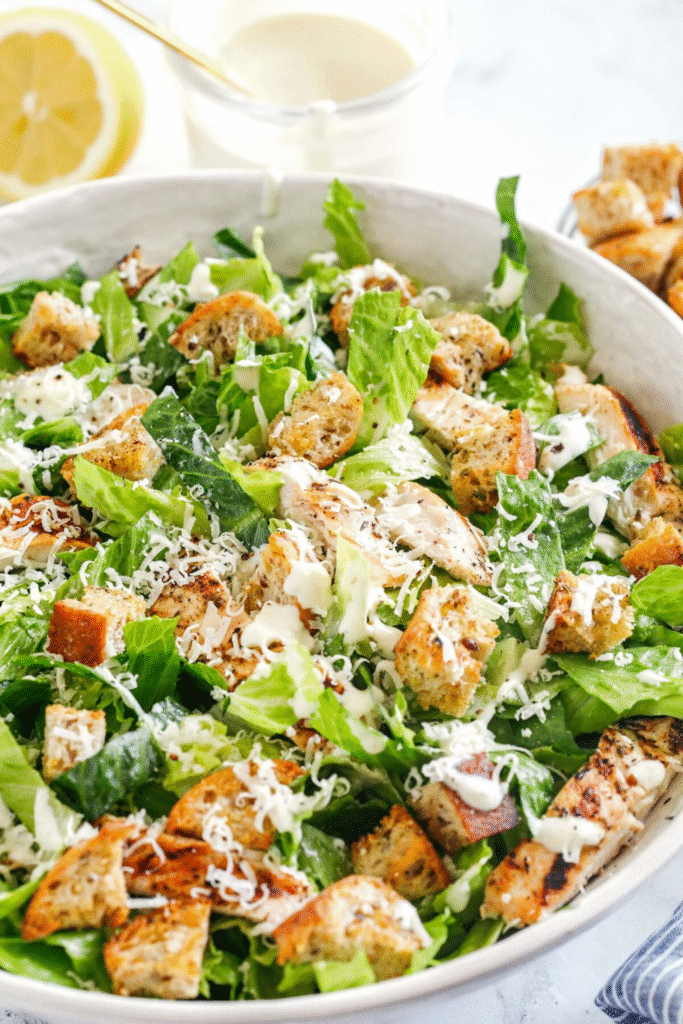
| Nutrient | Amount |
|---|---|
| Calories | 330–360 |
| Protein | 8–10 g |
| Fat | 28–30 g |
| Carbs | 12–15 g |
| Fiber | 3–4 g |
| Sodium | 500–600 mg |
Add grilled chicken breast (about 4 oz) and you’ll get:
- +26 g protein
- +120 calories (from lean meat)
Tips for Restaurant-Level Caesar Salad
- Chill your bowls before tossing — helps keep lettuce crisp.
- Balance acidity and creaminess — too much lemon and it’s sour; too little and it’s bland.
- Don’t overdress — you want the lettuce kissed, not drowned.
- Freshly cracked pepper adds aroma and bite.
- Serve immediately — a Caesar waits for no one.
Variations You’ll Love
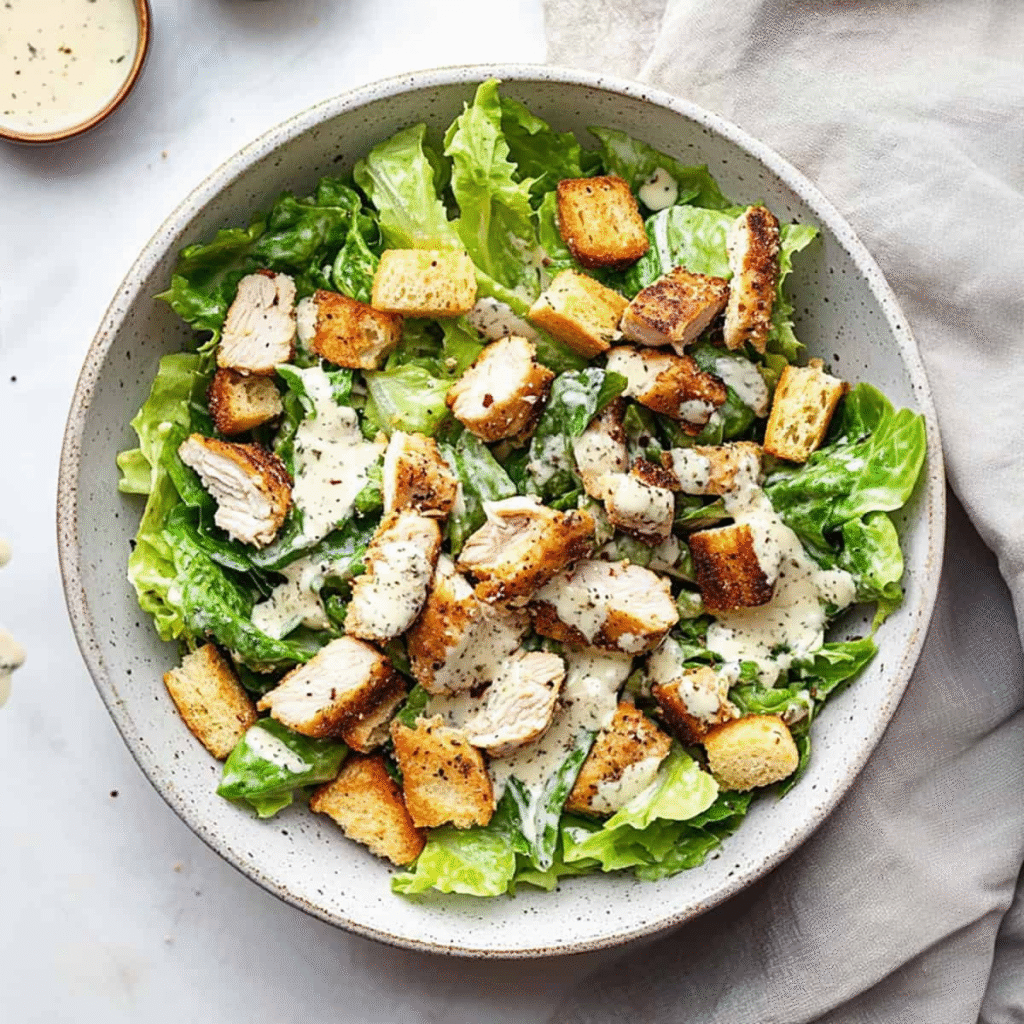
Grilled Chicken Caesar
Perfect for a full meal. Marinate chicken in olive oil, garlic, and lemon for 30 minutes before grilling.
Shrimp Caesar
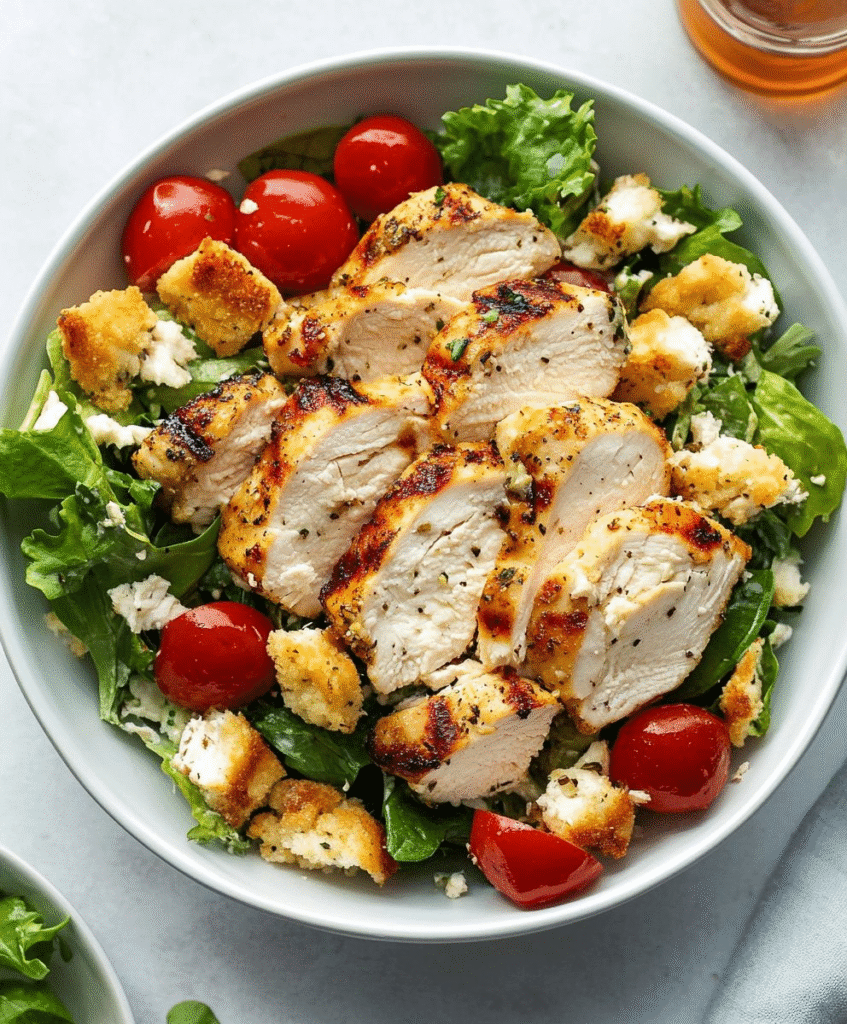
Light and fresh. Sauté shrimp in butter and garlic, toss on top.
Kale Caesar
Swap romaine for chopped kale. Massage with olive oil before dressing to soften.
Avocado Caesar
Add creamy avocado chunks for richness — works especially well if skipping eggs in the dressing.
Common Mistakes to Avoid
- Using soggy lettuce — kills the crunch instantly.
- Skipping anchovies — you lose depth of flavor.
- Pre-grated cheese — lacks the aroma and texture of fresh.
- Too much dressing — turns salad into a heavy mess.
- Old bread for croutons without toasting — chewy, not crunchy.
Storage and Make-Ahead Tips
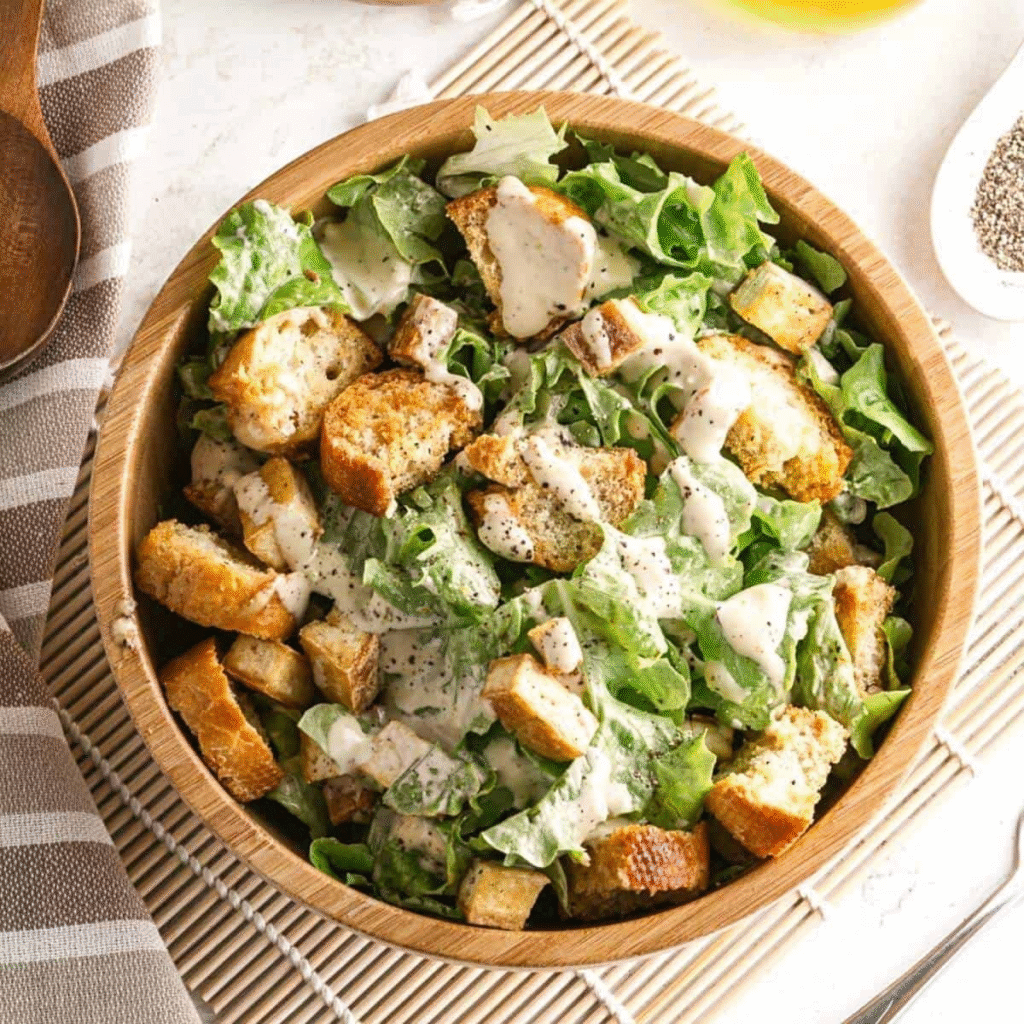
- Dressing: Store in a sealed jar in the fridge for up to 3 days. Shake before use.
- Croutons: Keep in an airtight container at room temp for up to 4 days.
- Lettuce: Wash and dry, then wrap in paper towels inside a bag — lasts 2–3 days.
Never toss the salad ahead of time — it will wilt.
Final Bite
A Caesar salad made right is more than lettuce and dressing — it’s a perfect marriage of textures and flavors. When you make it at home, you get the control, the freshness, and the satisfaction of knowing you created something restaurant-worthy in just 25 minutes.
Next time you’re tempted to grab one from the store, remember: the crunch is in your hands.

